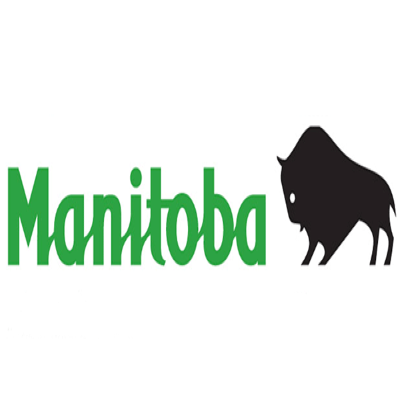CCFM
Type of resources
Available actions
Topics
Keywords
Contact for the resource
Provided by
Years
Formats
Representation types
Update frequencies
status
Service types
-
Les données relatives aux changements forestiers que renferme ce produit ont une portée nationale (écosystème forestier entier) et offrent la première caractérisation complète des feux de forêt et des récoltes au Canada à une résolution spatiale en rapport avec l’impact humain. Les informations recueillies représentent vingt-cinq années de renouvellement des peuplements dans les forêts du pays. Elles proviennent d’une source unique de données cohérentes et spatialement explicites, obtenues de manière entièrement automatisée.
-

Canadas Managed Forests 2020 Vector Tile Layer
-

Forest Management in Canada Web App: 2017 and 2020 (French)
-

Canadas Managed Forests 2017 Albers Equal Area Canada's Managed Forests 2017 Albers Equal Area
-
NFIS Project Office. This Web services are for forest change products that represents the first wall-to-wall characterization of wildfire and harvest in Canada at a spatial resolution commensurate with human impacts. The information outcomes represents 25 years of stand replacing change in Canada's forests derived from a single consistent spatially-explicit data source and derived in a fully automated manner.
-

Canada's Managed Forests 2017 (Albers)
-

Map of Canada's Managed Forests in 2020
-

Canada’s forests are managed for multiple objectives with varying degrees of management intensity. Governments, forest companies, Indigenous Peoples, communities and stakeholders are all engaged in the forest management planning process. Management objectives and the plans developed by professional foresters to achieve those objectives differ from place to place. People often group Canada’s forests into two categories: the managed forest and the unmanaged forest. Sometimes this type of classification is helpful, but the reality is far more complex and interesting. This interactive Story Map presents information on land designations, ownerships, tenures and protection statuses to provide a comprehensive picture of the geography of forest management in Canada. This story map has been updated from an earlier 2017 version to show land designations in 2020.
-

Canadian forest management has multiple goals and varies in intensity. Governments, forest companies, Indigenous peoples, communities, and many other stakeholders are all involved in the forest management planning process. Management goals and the plans developed by professional foresters to achieve these goals differ from place to place. Canadian forests are often grouped into two categories: managed forest and unmanaged forest. This type of classification is sometimes useful, but the reality is much more complex and interesting. This interactive story map provides information on designations, ownership, forest tenures, and land protection statuses, and provides a comprehensive picture of the geography of Canada's managed forests. It has been updated from an earlier version to show land designations in 2020. **This third party metadata element was translated using an automated translation tool (Amazon Translate).**
-

Restricted map (managed forest code 33) used in the Forest Management in Canada, 2020 story map. Restricted map (managed forest code 33) with areas identified using provincial and territorial datasets. The Restricted map is used in the Story Map of Forest Management in Canada, 2020 (Aménagement des forêts au Canada, 2020) and includes the following tiled layer:Tile Layer of Restricted Managed Forest Code 33: 2020
 Arctic SDI catalogue
Arctic SDI catalogue